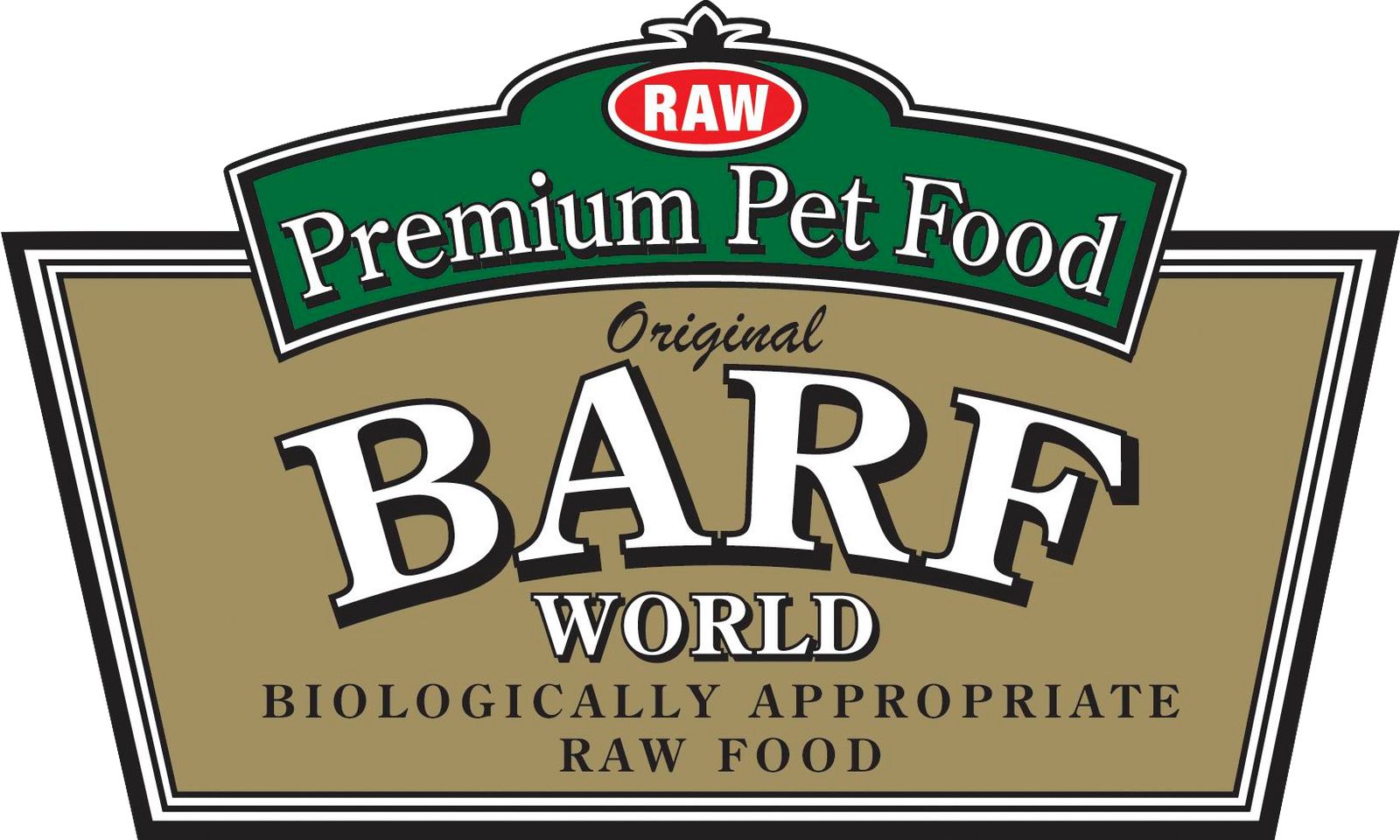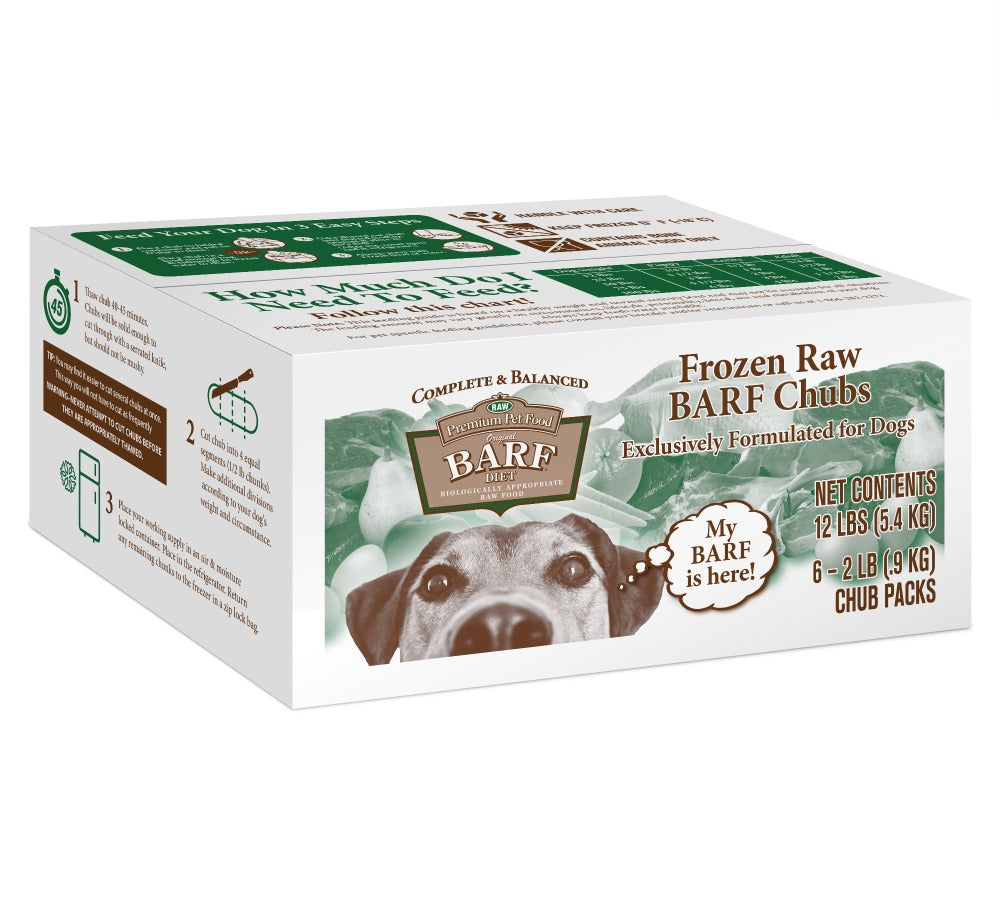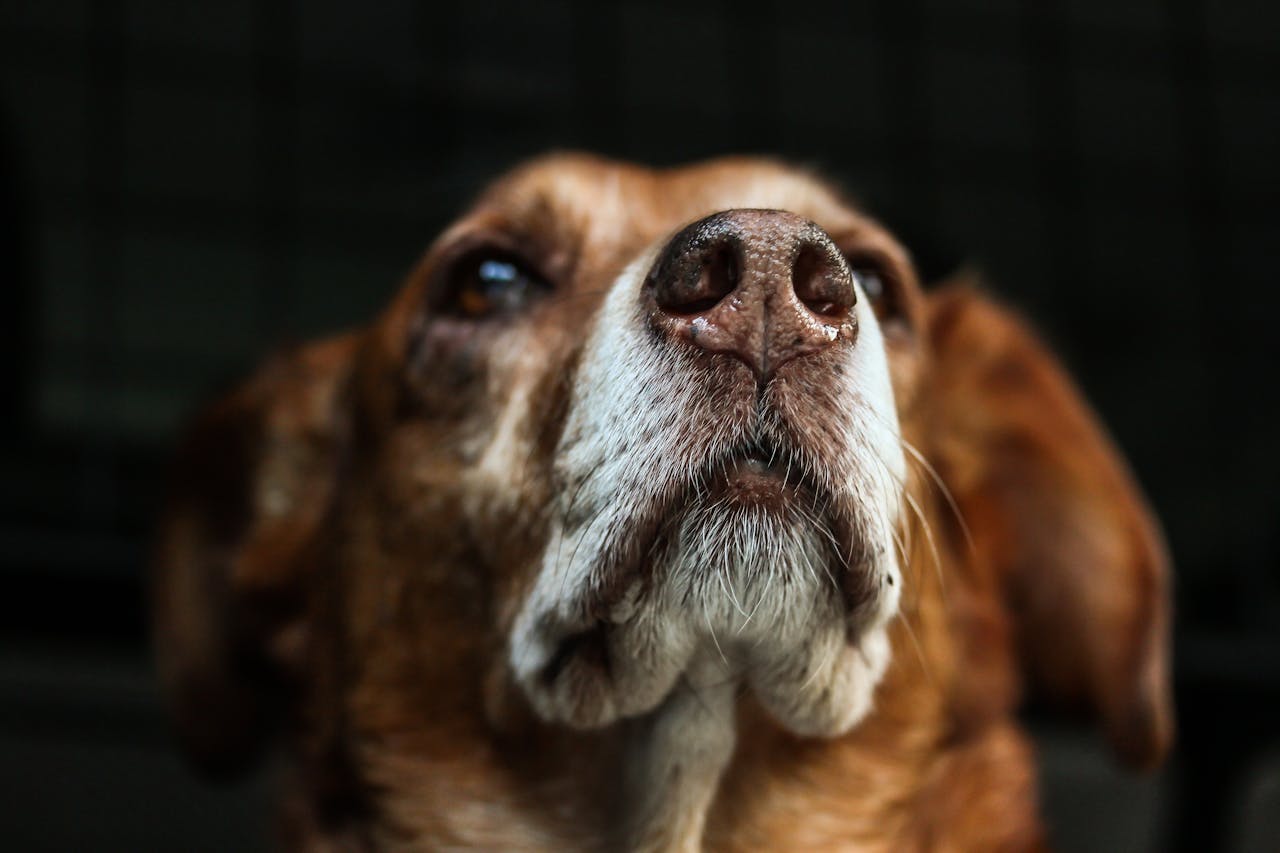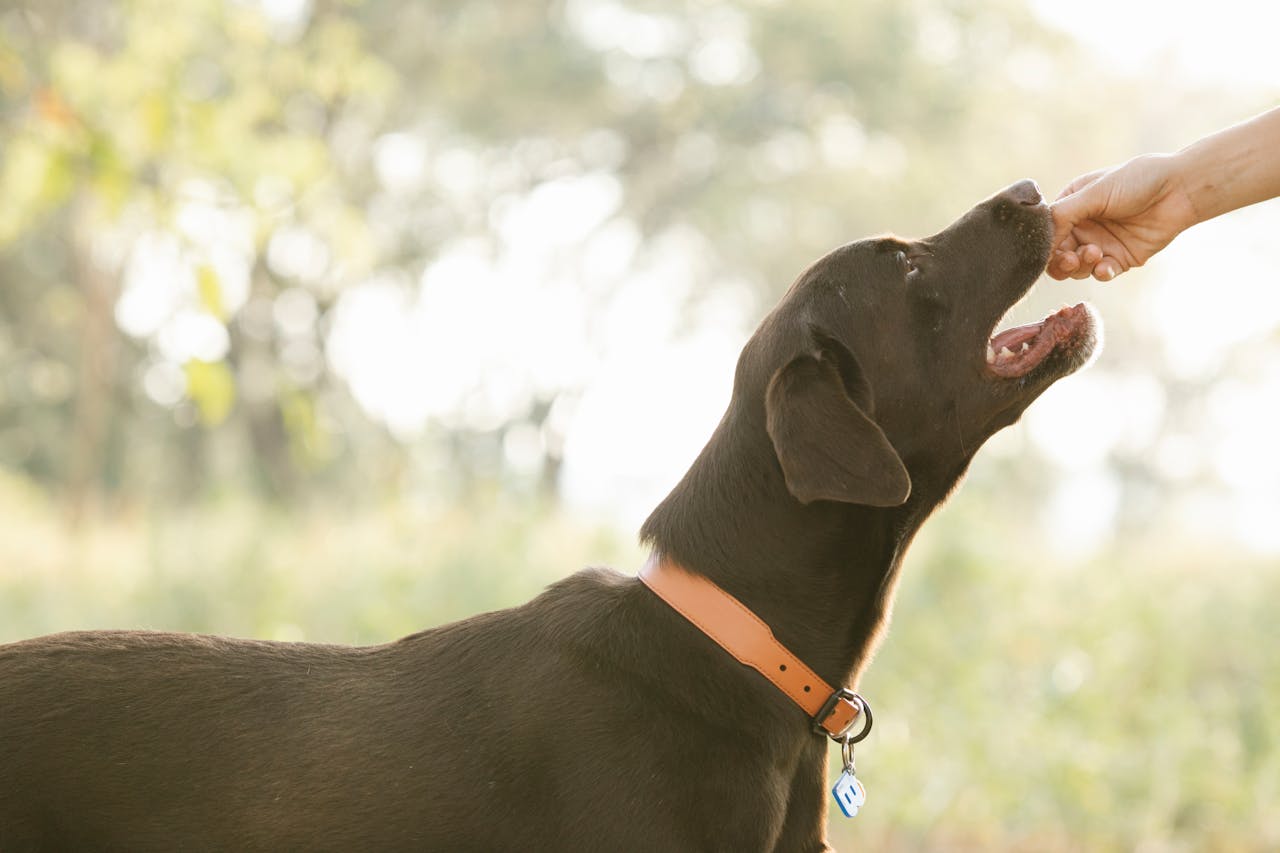Let’s start by addressing the second question: Yes,frozen raw meat dog foodcandeteriorate over time, even if stored properly.
After six months or more, you may notice changes in the food’s visual and organoleptic qualities—such as taste, texture, and smell. While these changes are often due to temperature fluctuations, proper freezer maintenance can minimize such alterations. The good news is that, with proper care, freezing raw meatdog food preserves most of its nutritional value, meaning itremains wholesome and safe for your dog.Ultimately, the goal is to provide your dog with a nutritious diet, and freezing raw food, when done correctly, can help achieve this.





